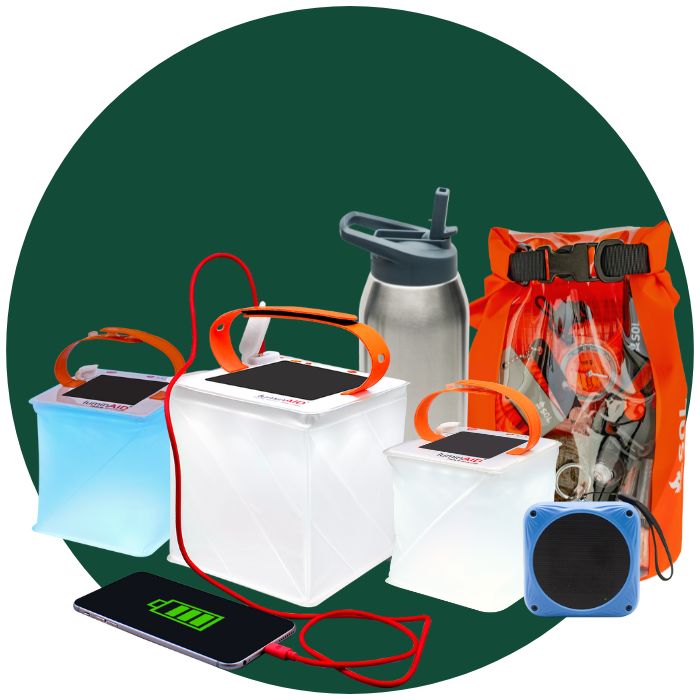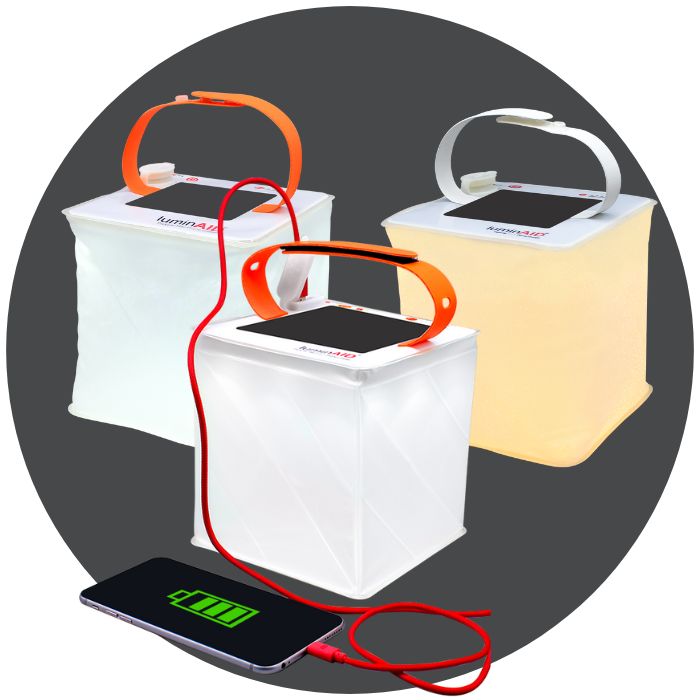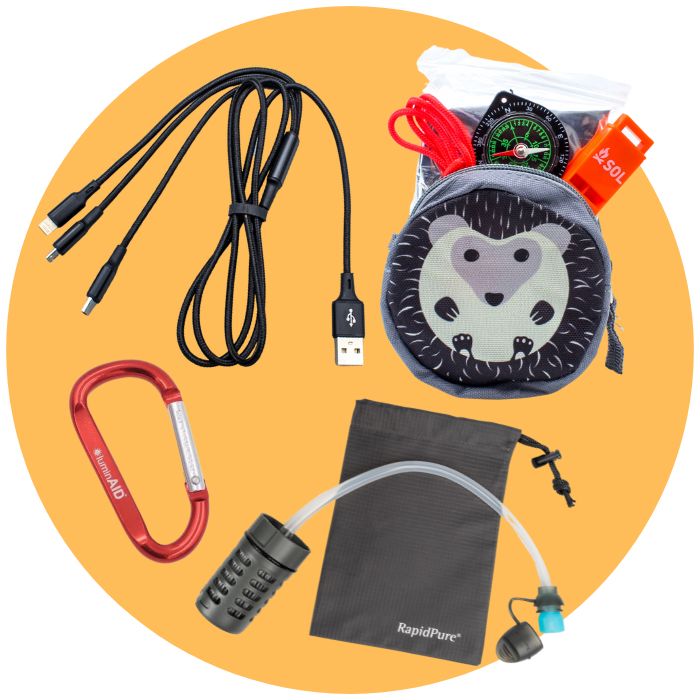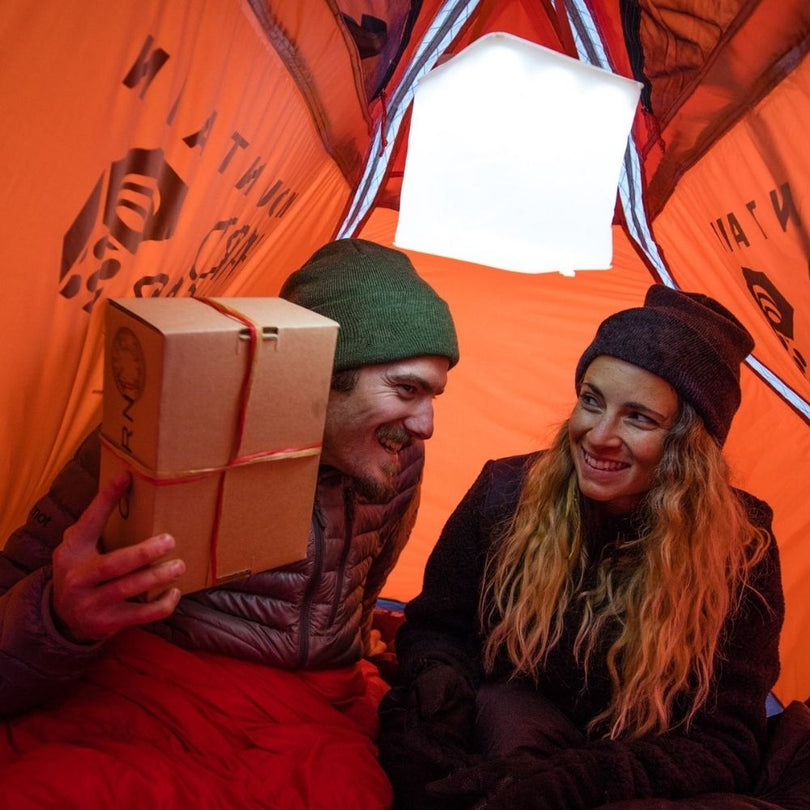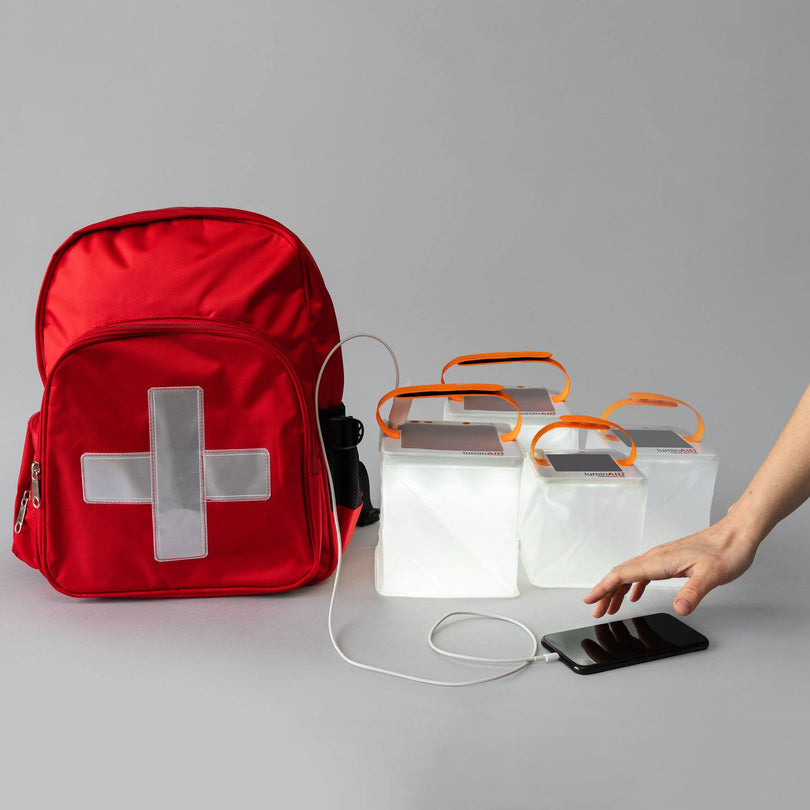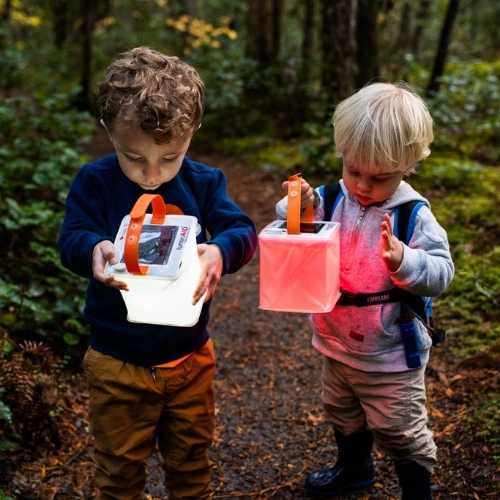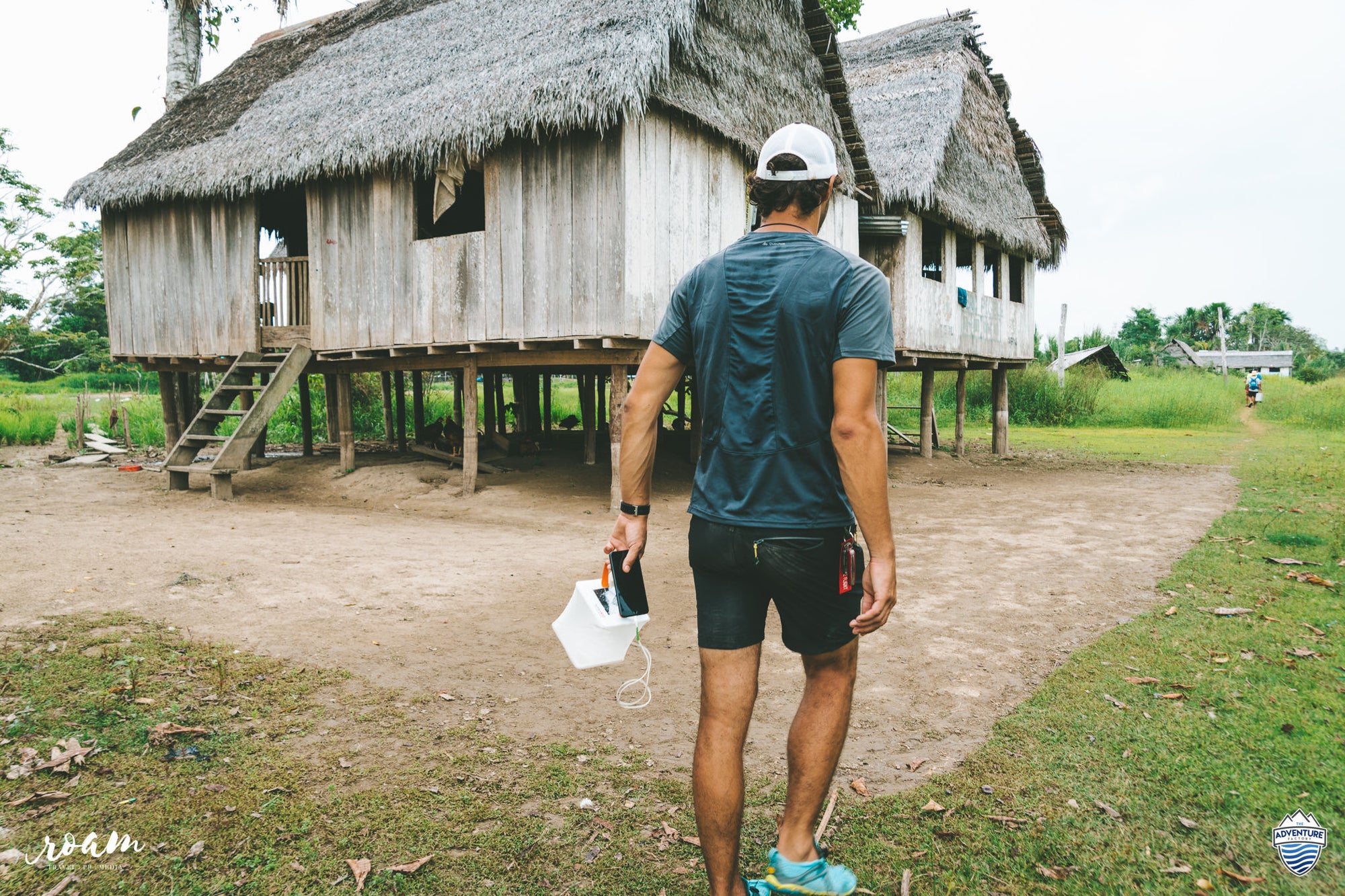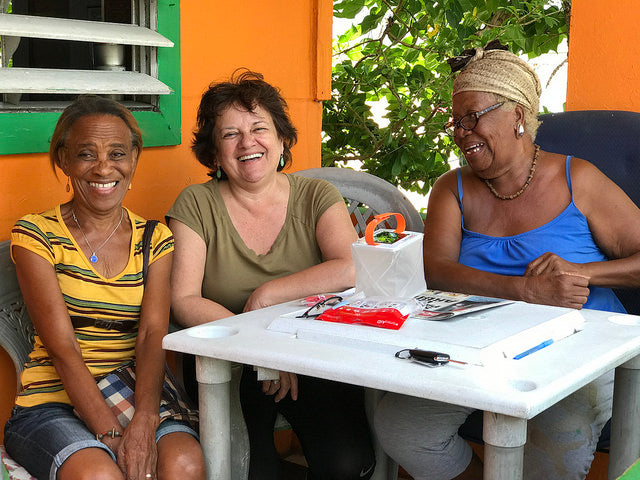Light can be more than a tool for after dark; it is also a source of comfort and safety in dark times. Families living in temporary shelters following disasters are often left in uncertainty when the sun sets. Entire communities can be left without safe access to light, unable to perform simple chores or activities. Parents have difficulty safely caring for their children, and the people cannot safely move and interact in the community. Personal solar lanterns are a versatile solution to provide safety, comfort, and mobility for recovering communities.

A family in Bangladesh with solar lantern distributed by ShelterBox
Following disaster and conflict, comfort is an essential psychological need, in whatever form it comes. Light is a source of comfort for families. Women and girls in particular report feelings of improved safety and comfort with access to safe portable light. A light shining at home is a first step to a household that can function, rebuild, and begin to thrive. Communities can gather together at the end of a day of work, and rebuild a sense of normalcy under the glow of lanterns.

Smiles by solar light in Tanzania, distributed by Students for Africa in Mutual Empowerment for International Development
LuminAID solar lights are designed with adjustable handles and can be easily hung and arranged to suit the circumstance of the users. In temporary communities such as refugee camps, even when toilets or other services are lighted at night, the lack of tent and path lighting can make simple trips dangerous and uncomfortable. Flameless and handheld, the LuminAID lanterns are highly portable to accompany users safely for a variety of nighttime activities. Since LuminAID solar lights are safe and portable, they can be safely and easily operated by children—those often left most vulnerable following disaster or displacement. Implementation of versatile solar lights puts the power back in the hands of those who need it most.
References
Sam Perkins, "Light impacts SGBV, but not in the way you think," UNHCR Innovation, August 5, 2015. accessed July 23, 2017, http://www.unhcr.org/innovation/light-impacts-sgbv-but-not-in-the-way-you-think/.

